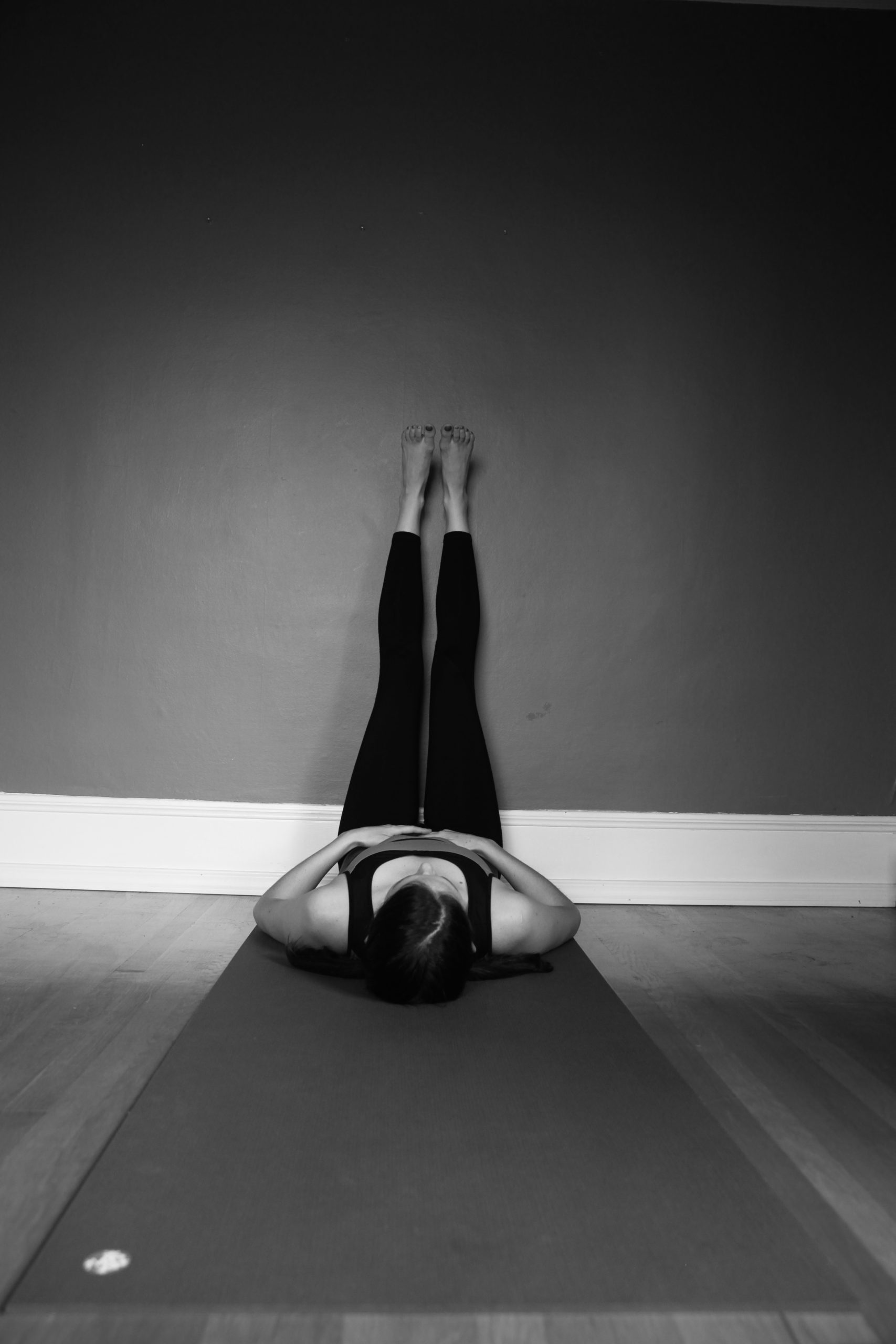
08 Feb On Edge, Worked Up, Burnt Out
Think of the thermostat in your home or on a space heater. You set a certain temperature and when the sensor senses the room reach that temp, the heat cuts off.
What if something was wrong with the sensor and the heat didn’t turn off?
Of course the heat would stay on, the room would get hotter and hotter, and your heating system or space heater may eventually overheat and burn out, or worse, start a fire.
Consider this a metaphor for your nervous system and the feeling of being on edge, burnt out, or otherwise riding high with anxiety.
If you recall from class last Tuesday, the sympathetic nervous system is your fight/flight response. Before you even have a chance to rationalize what’s happening, when your body senses a threat (real or imagined) your sympathetic system kicks in to ensure your survival.
Your sympathetic nervous system is dominant when your heart is racing, you feel sweaty and anxious and your legs and arms prepare to fight or flee.
Once the threat has dissipated, your parasympathetic nervous system kicks in to calm you down.
Your parasympathetic system is called “rest and digest”. Your heart rate slows, the readied tension in your muscles soften, and you’re able to focus intellectually and connect socially.
But what if something has happened to your sensor and your parasympathetic nervous system doesn’t kick in to settle your sympathetic nervous system reaction? What if the heat doesn’t cut off?
It’s not uncommon for folks to have a sensitive sympathetic nervous system.
We’ve all had days where a slight annoyance that would normally not bother us instead sets us off. Where a minor provocation leads to an unexpected and out-sized reaction.
In my life I call these “anxiety days.” I can typically tell I’m having an anxiety day during my morning meditation. Nothing in particular has happened that I can blame the anxiety on; I’m just having a one of those days. In these times, I’m grateful to understand my body from the level of my nervous system.
On anxiety days, I take extra care of myself. First, I find it helpful for all involved to warn my husband I’m having one, that I’m more sensitive than normal. I also remind myself not to blame my general irritation on the first convenient excuse (oh, it must be because he did x this morning!)
Next, I use my parasympathetic practices. One easy way in is through your exhale breath. Exhales activate your parasympathetic nervous system. Long exhales physiologically calm you down. They’re a very handy tool to use and something I come back to again and again throughout an anxiety day.
What else is in my parasympathetic, rest and digest toolbox?
Gentle pressure on the eyeballs. Like exhales, this stimulates your rest and digest response, and is part of the reason eye pillows are so relaxing.
Forward folds, like child’s pose or wide leg forward fold or paschimottanasana. These are extra calming if you make sure you have support underneath your head.
Going upside down. This can be legs up the wall, standing forward folds, or if you’re practiced at it, even a headstand can be quite calming.
Or, sometimes what I need is vigorous exercise or a little time alone to scream into a pillow. And then a long exhale. 🙂
This week I’ll be sharing more about these “body hacks,” or ways you can use your body and breath to physiologically activate your parasympathetic, rest and digest nervous system.
This is a bottoms-up approach. That is, it’s not about mind over matter. Here you aren’t talking yourself out of the sympathetic reaction by rationalizing why you needn’t be worked up.
This practice is about accessing and consciously using your body processes in a way that’s typically subconscious, and in so doing, feeling better from the inside out.
Hope to see you in one of the three free live Zoom classes this week!
